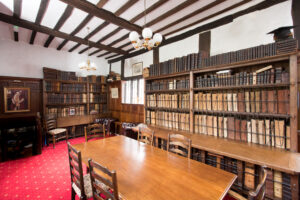Our History
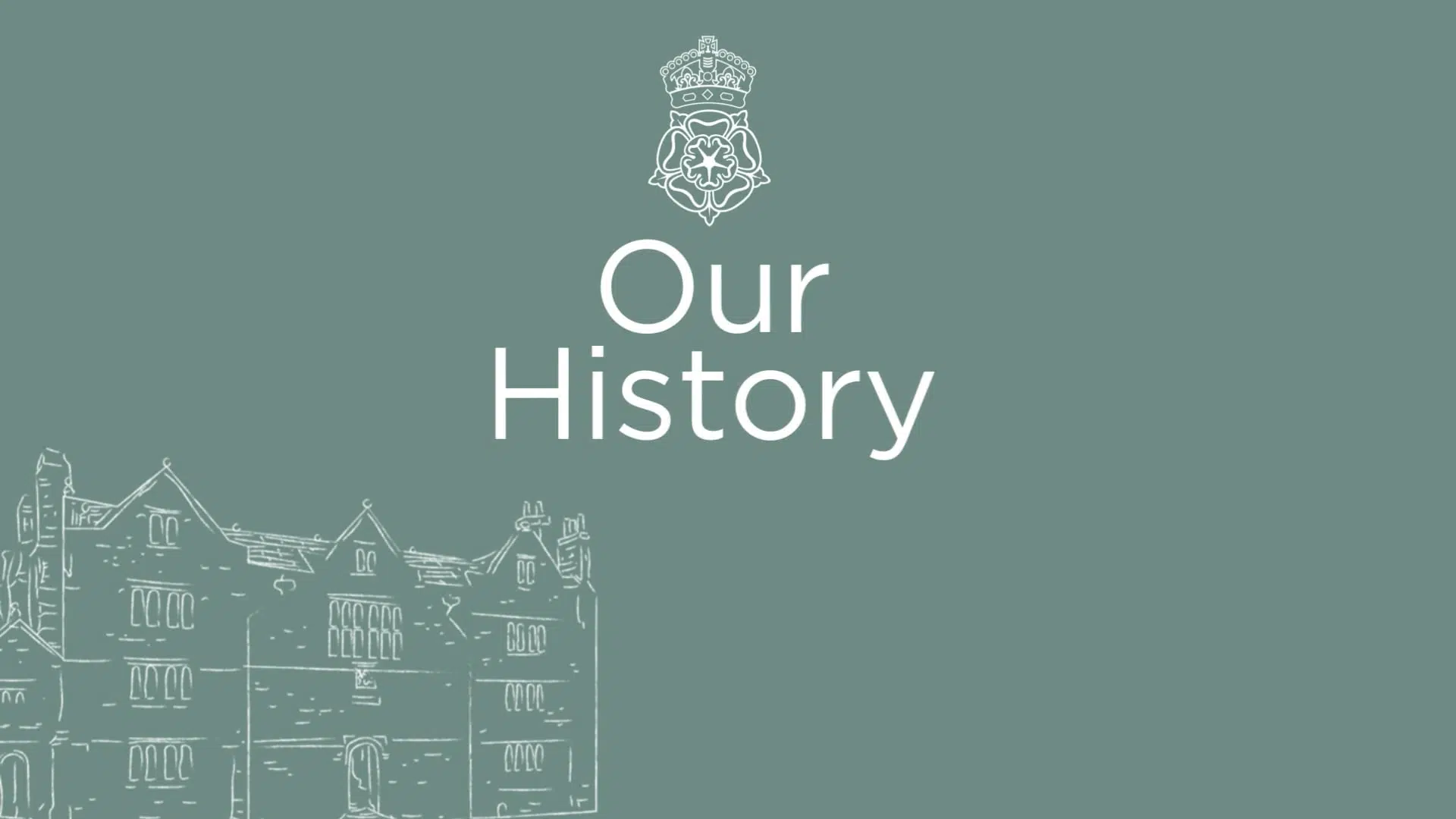
The School was set up in 1509 after Robert Beckingham, a Freeman of the City of London, left a bequest in his will to establish a free school in the historic town of Guildford.

Foundation
In 1512, Beckingham’s executors formally transferred the lands to a body of trustees consisting of the Mayor of Guildford and four men who had formerly been mayors.

The Granting of the Charter
The Mayor and Approved Men of Guildford petitioned Edward VI to grant them further endowments for maintenance.
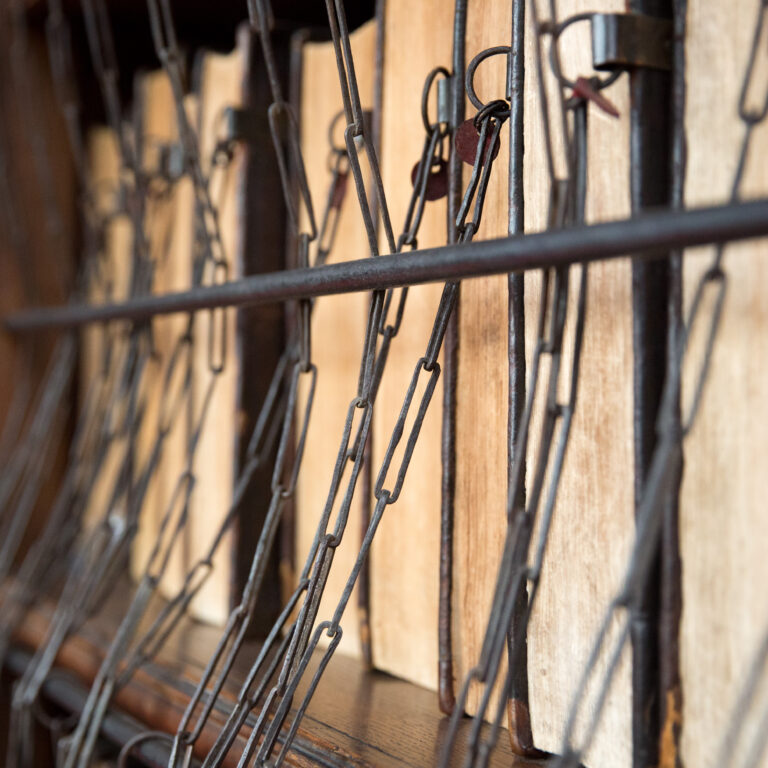
The Chained Library
The Chained Library is one of few original chained libraries remaining in a school. The practice of chaining books to shelves traditionally allowed important or valuable books to be placed in communal areas for public use rather than being locked away; this paved the way for the public library system.
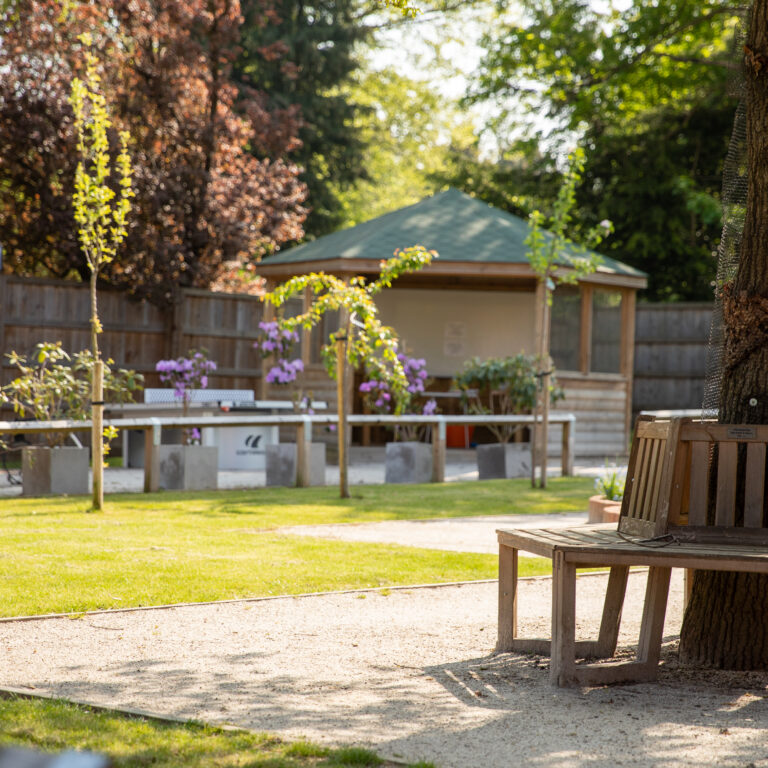
Lanesborough
In January 1930, two teachers from Dulwich College Prep acquired the twenty-one-year lease of a former private house called Lanesborough and Lanesborough Preparatory School was born.
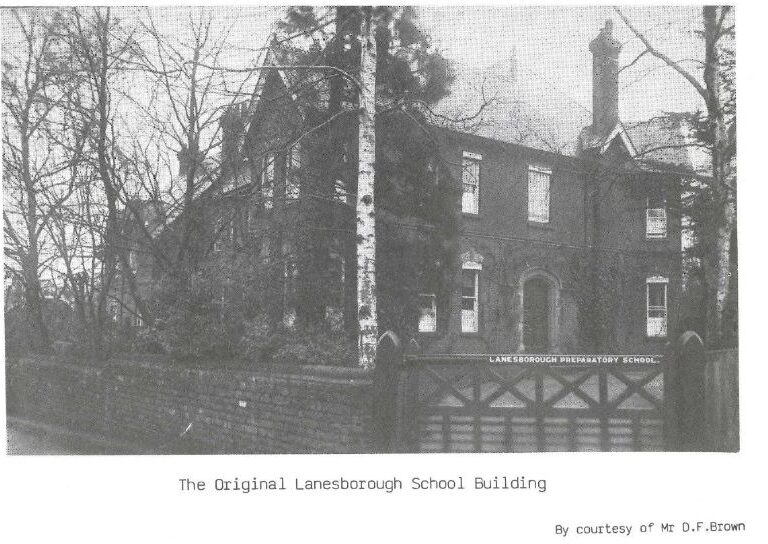
The Swayne Family
When Mr Inglis retired in 1953, followed by Mr Walker in 1955, Stuart Swayne became the school’s sole owner and headmaster.
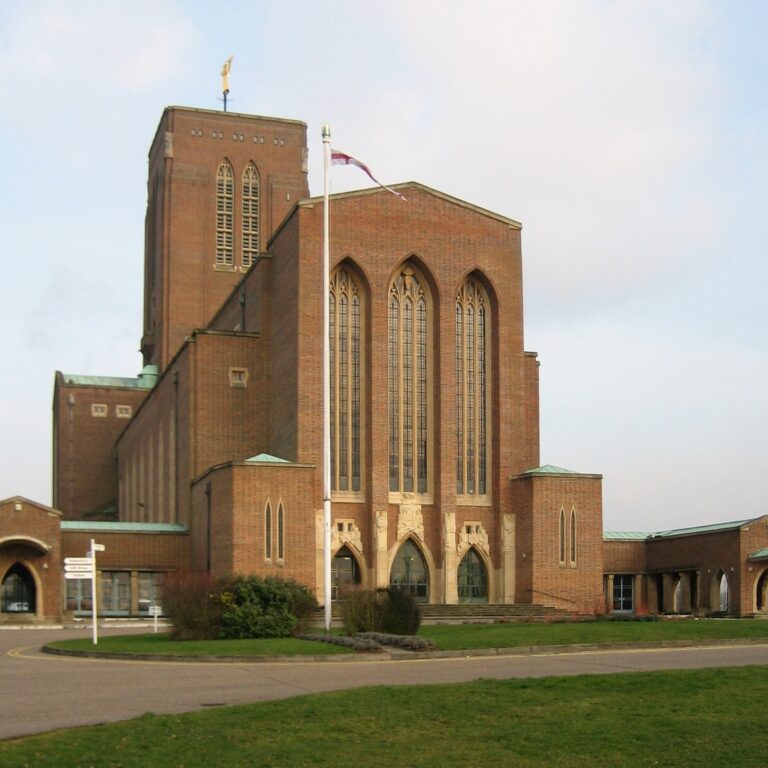
Guildford Cathedral
When Guildford Cathedral opened in 1961, Lanesborough agreed to provide its boy choristers.
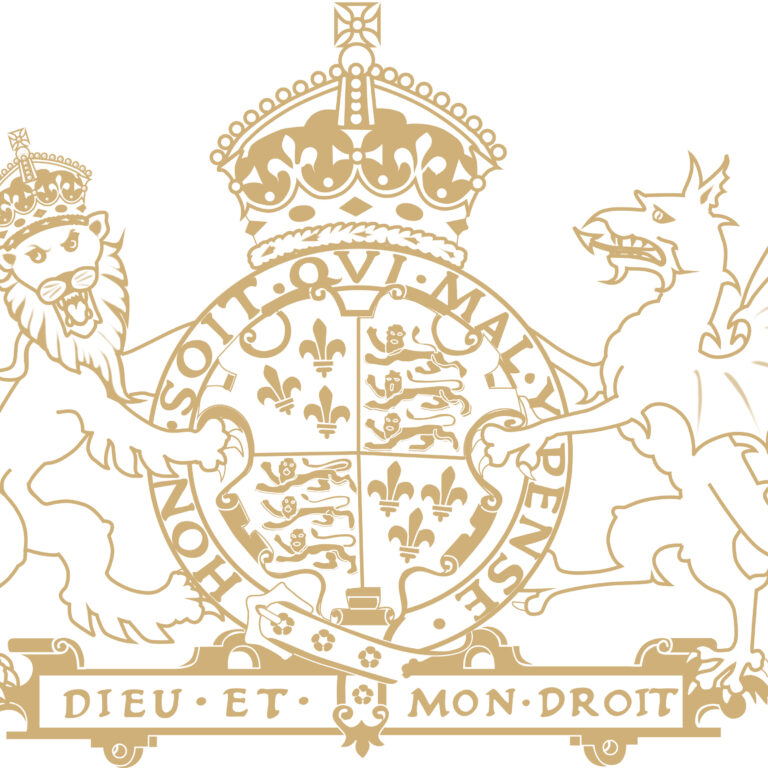
The RGS Family
In 1978, the Governors of the RGS, under the far-sighted chairmanship of John Brown, took the decision to acquire Lanesborough as a preparatory department of the school; Mr Benson, an RGS teacher, was appointed as its new headmaster.
